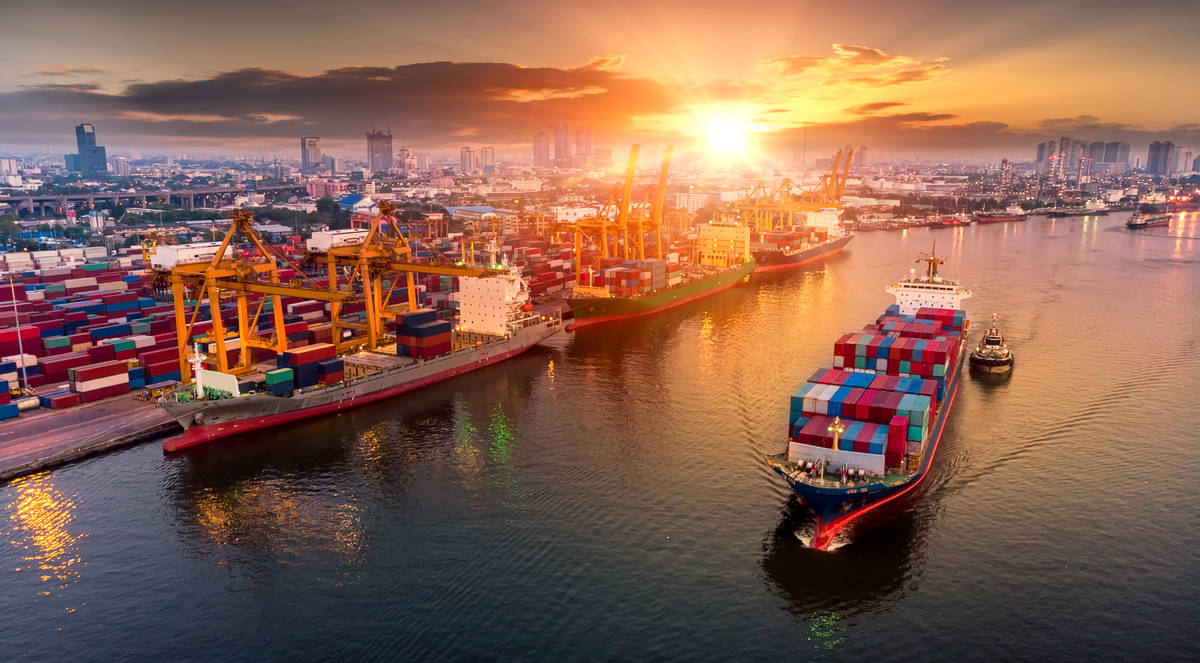TIM BURKE: Is COVID-19 Chinese plot to undermine our country?
We seem to be living in a state of constant chaos in 2020. Is it a plot by the Democrats to keep the country embroiled and divided through the election to unseat the president? Or is it a coincidental series of events?
Conspiracy theorists point to the fact that the economy was humming along with record stock market gains and a record number of Americans working just a few months ago. President Trump was enjoying the most favorable ratings of his presidency.
The Democrats had failed in their first attempt to oust the president during the impeachment proceedings. Since then, we have experienced a complete shutdown of our economy because of the COVID-19 pandemic.
That crisis has been joined by a new Black Lives Matter protest movement. The economy has taken a severe downturn, and President Trump’s approval ratings have fallen to some of his lowest levels. Many polls show the president losing the election to the Democrats’ nominee.
Conspiracy theorists want to believe that COVID-19 is a plot by the Chinese government to undermine our country and the president.
The president has been firm in his commitment to bring manufacturing back from foreign countries, and China has been his primary target in that effort. He has been very forceful on the issue of trade imbalance and China’s trade policies. The U.S. trade deficit with China in 2019 was $345.6 billion.
To manage the massive trade deficit with China, President Trump began imposing tariffs on Chinese imports in 2018. Low-priced consumer goods produced in China have been dominating American importation for years. The president enacted a 25% tariff on steel imports and a 10% tariff on aluminum that went into effect on July 6, 2018, impacting $34 billion worth of Chinese imports. In response, China canceled all import contracts for soybeans.
The tariffs came a month after the president imposed tariffs and quotas on imported solar panels and washing machines.
The Trump administration’s measures were intended to pressure China to remove requirements that U.S. companies transfer technology to Chinese firms. China requires companies to do this to gain access to its market.
On Dec. 13, 2019, Trump announced a trade deal between the United States and China. The president signed the agreement on Jan. 15, 2020. “We have agreed to a very large Phase One Deal with China.
They have agreed to many structural changes and massive purchases of agricultural product, energy, and manufactured goods, plus much more,” the president announced.
China can manufacture goods at competitive prices because of two comparative advantages: lower standards of living and a partial pegging of the yuan to the dollar.
U.S. companies that can’t compete with cheap Chinese goods must lower their costs or go out of business. Many businesses reduce their costs by outsourcing jobs to China.
U.S. manufacturing, as measured by the number of jobs, declined 35% between 1998 and 2010, before rebounding by about 12% from then through the end of November 2019. Overall, manufacturing jobs in the United States have declined by about 27% since 1998.
China sets the value of its currency, the yuan, to equal the value of a group of currencies that includes the dollar. In other words, China pegs its currency to the dollar using a modified fixed exchange rate. When the dollar loses value, China buys dollars through U.S. Treasuries to support it.
To keep export prices low, China buys a large volume of Treasuries. China must buy so many U.S. Treasury notes that, up until June 2019, it was the largest lender to the U.S. government.
Japan is currently the largest. As of November 2019, the U.S. debt to China was $1.09 trillion. That’s 16% of the total public debt owned by foreign countries.
The United States and China’s economies are tied together. When one country experiences an economic downturn, it affects the other.
COVID-19 may or may not have originated in China, and it may or may not have been caused naturally. The COVID pandemic has affected almost every country in the world. Because of the economic dependence between the United States and China, it makes little sense for the Chinese government to bring down the U.S. economy intentionally.
The Chinese government is less than happy with the president’s firm position on the trade imbalance, but bringing the U.S. economy down also brings China’s economy down. So it’s not likely that it’s a Chinese plot to bring down the United States. Still, the president’s political opponents are capitalizing on the opportunity to keep our country in a chaotic state.
Tim Burke is a businessman, philanthropist, educator and Pahrump resident. Contact him at timstakenv@gmail.com












